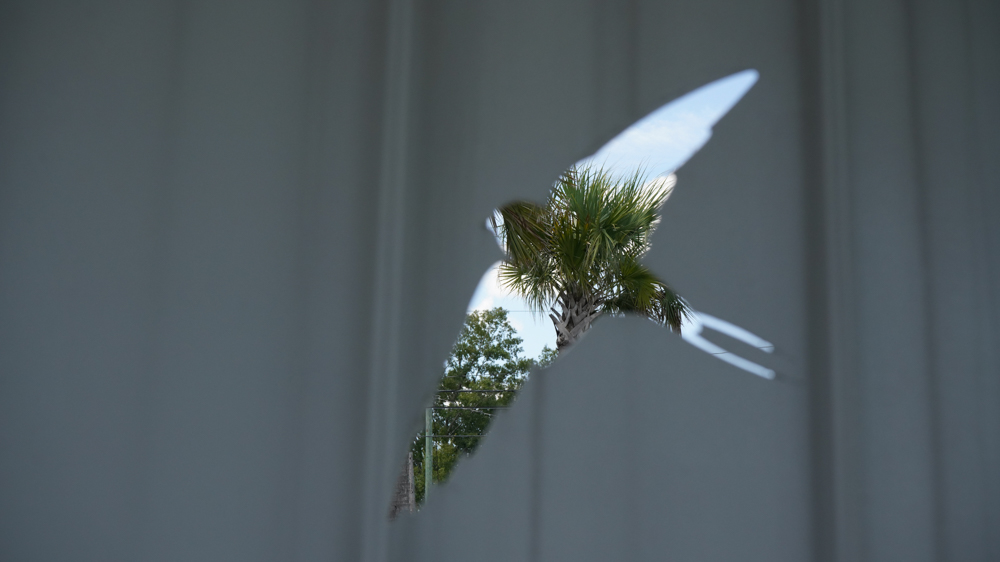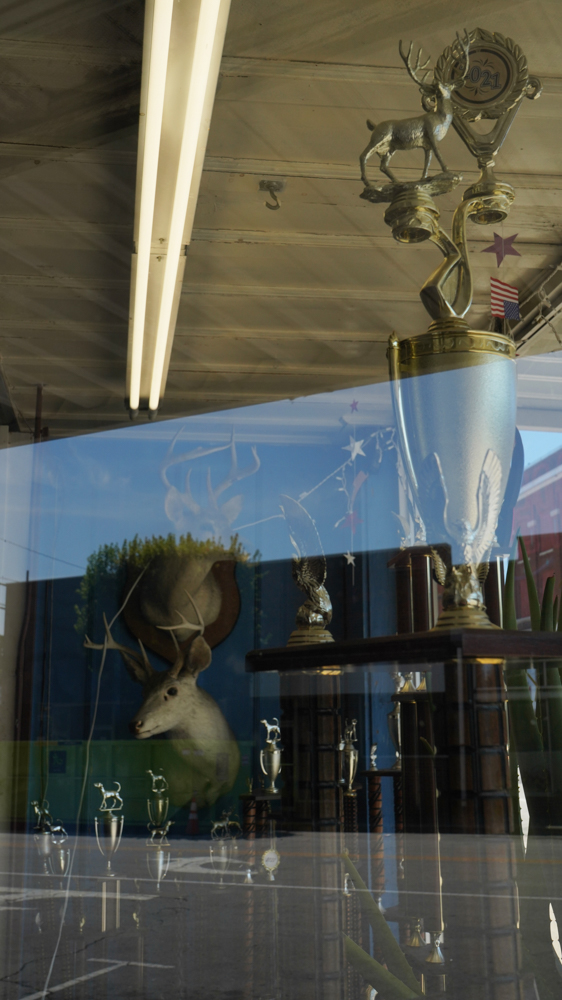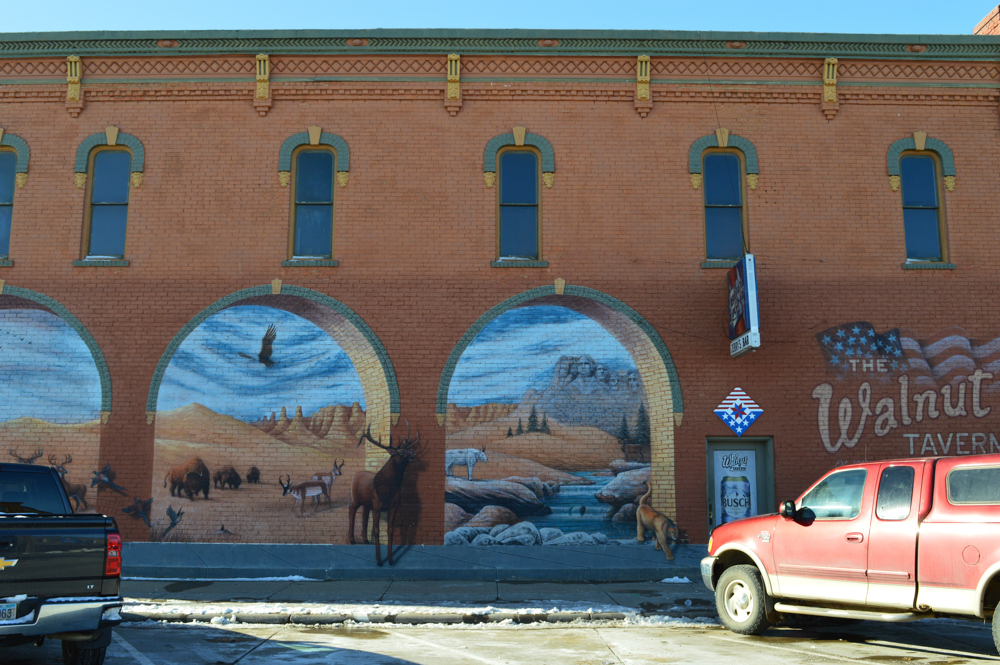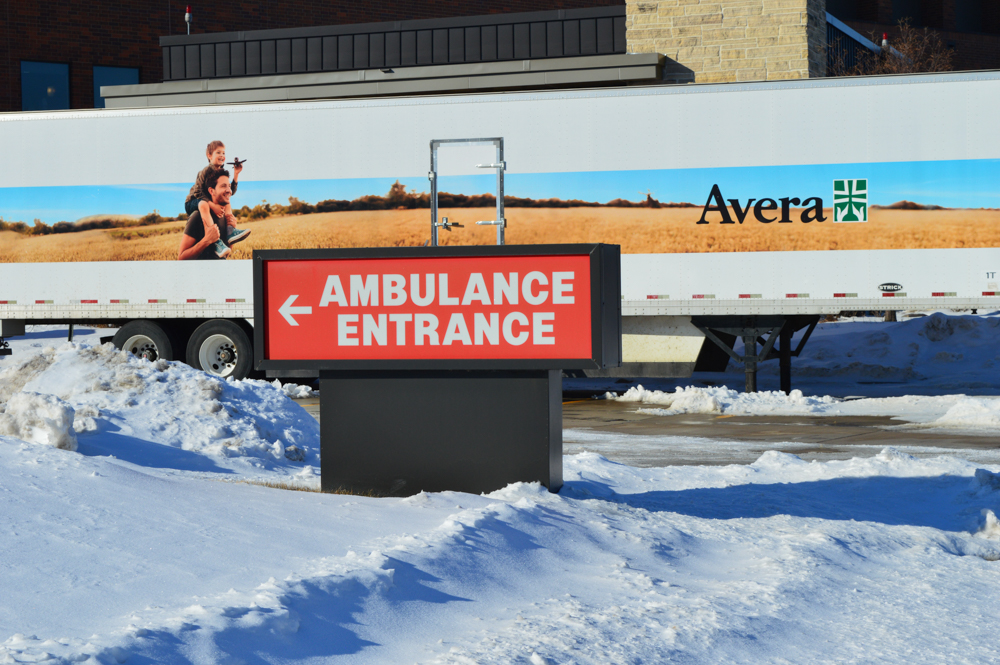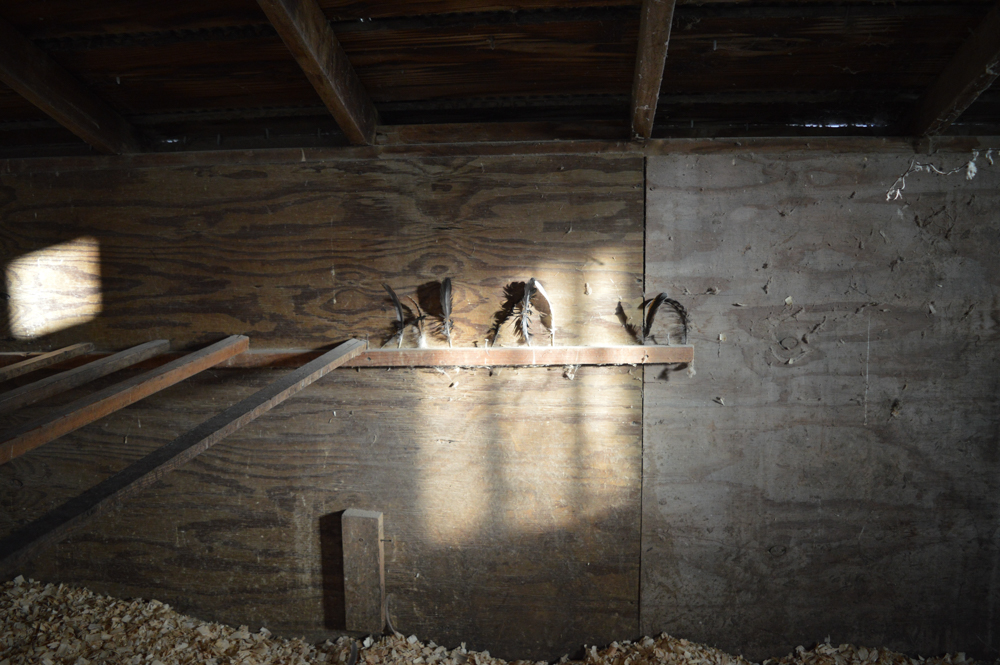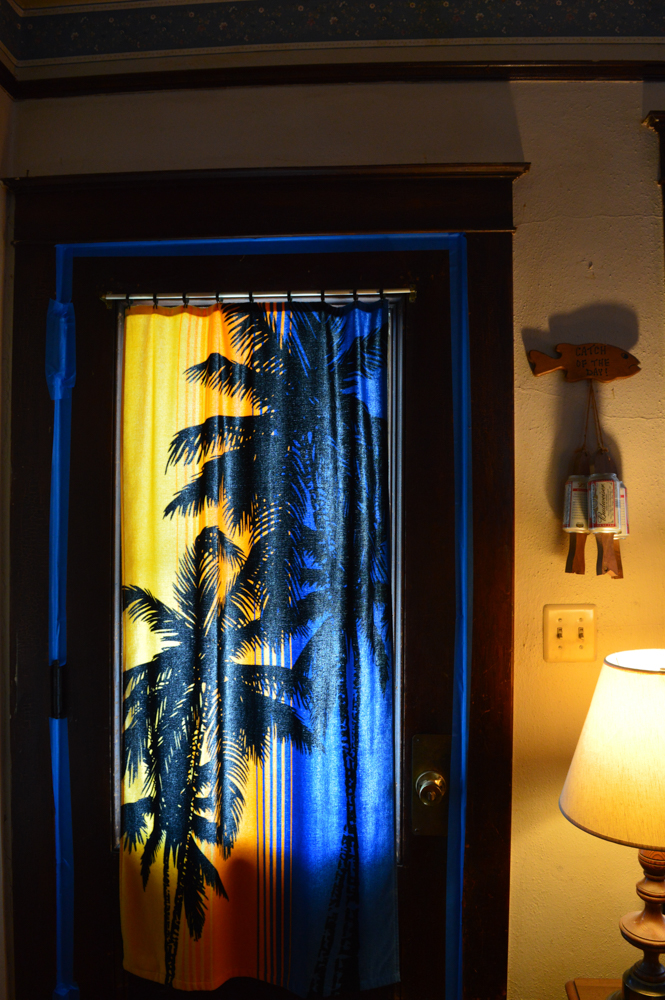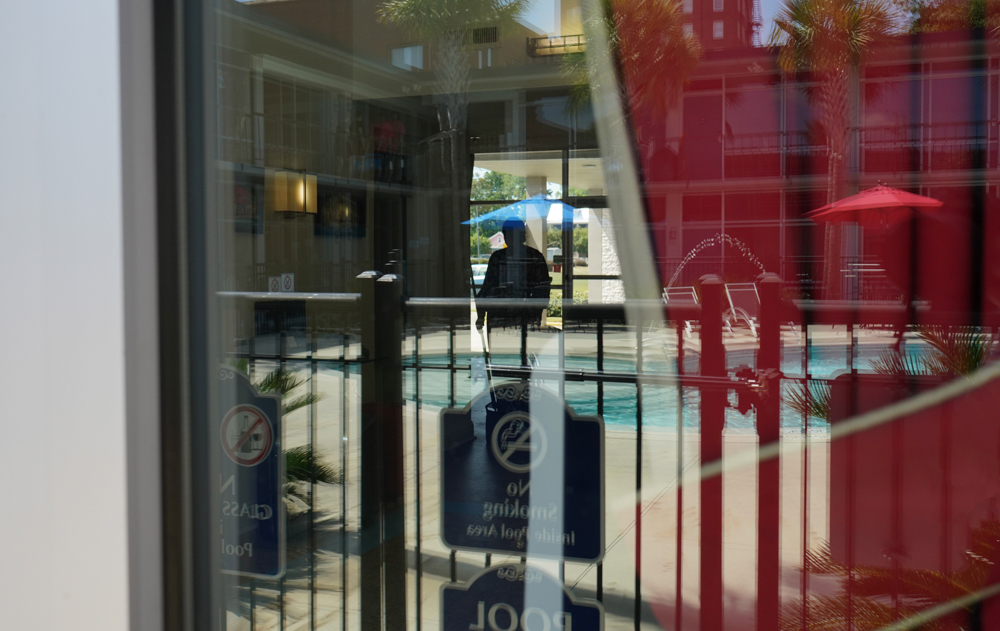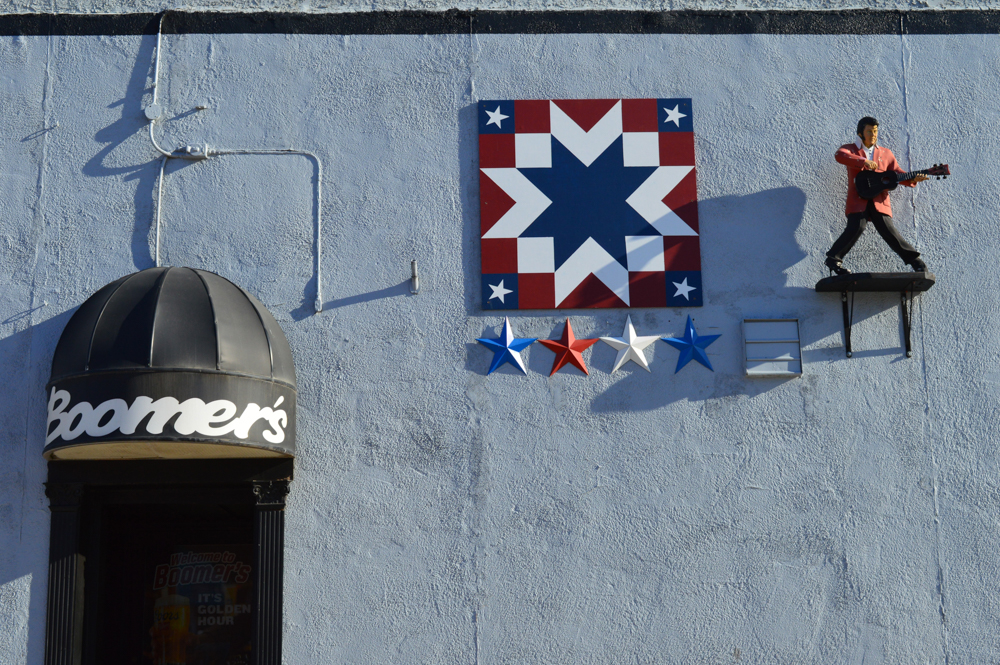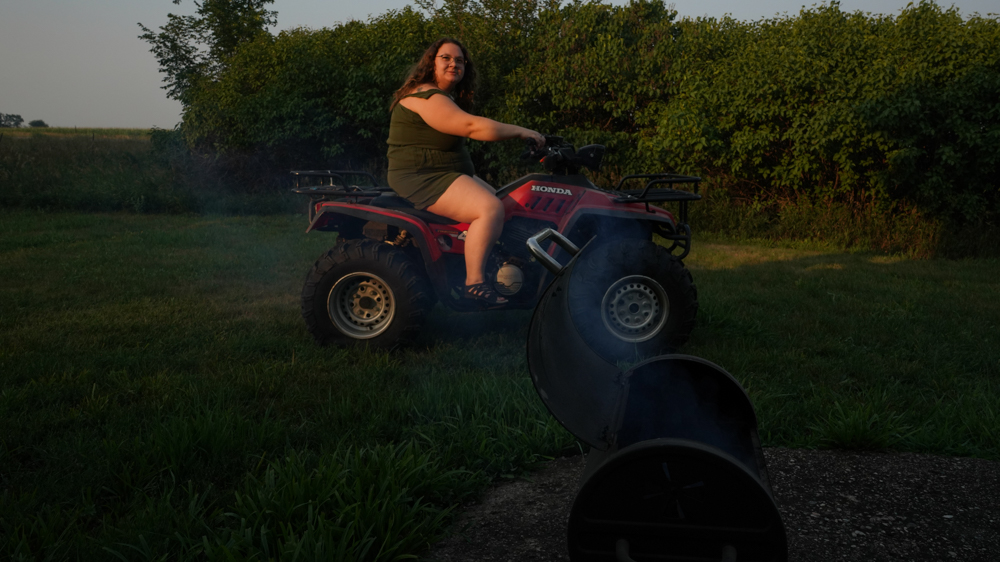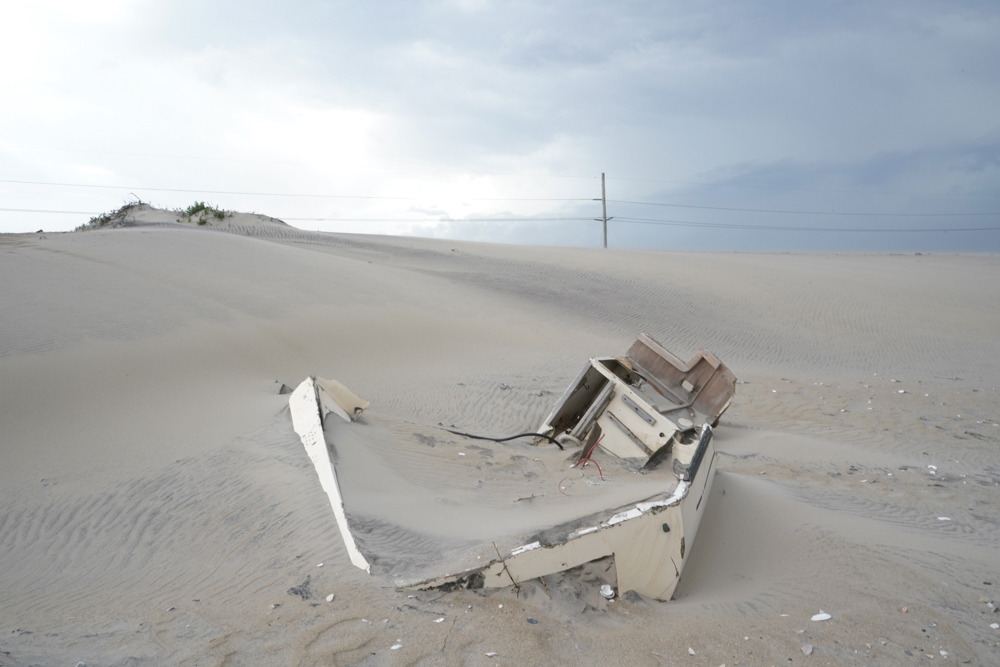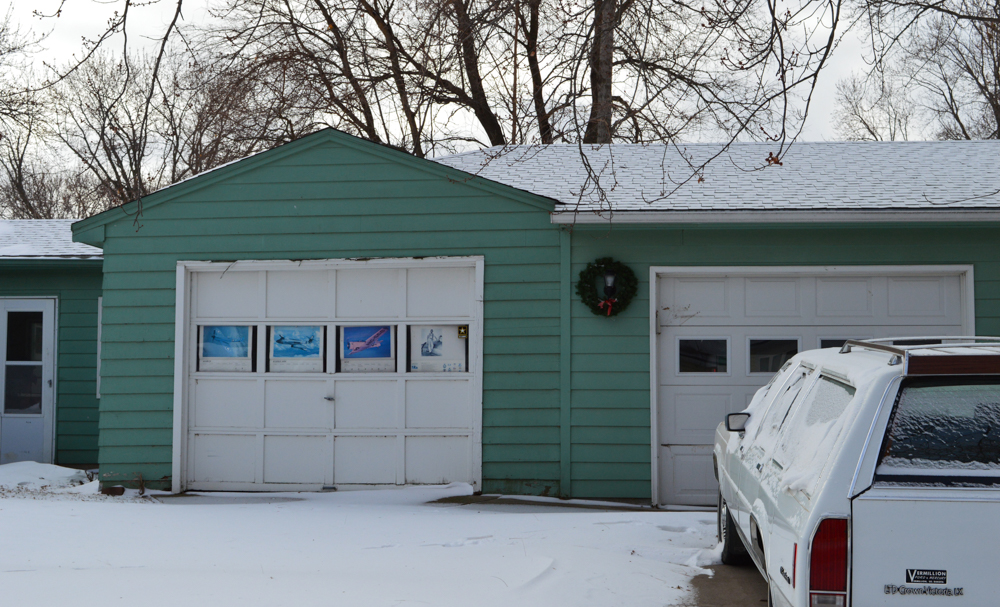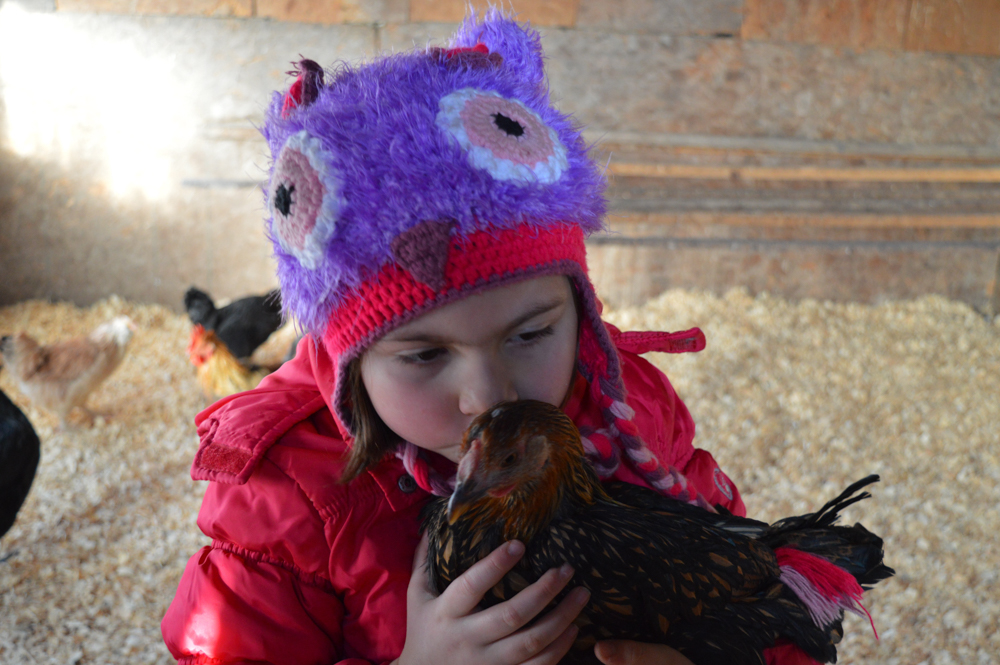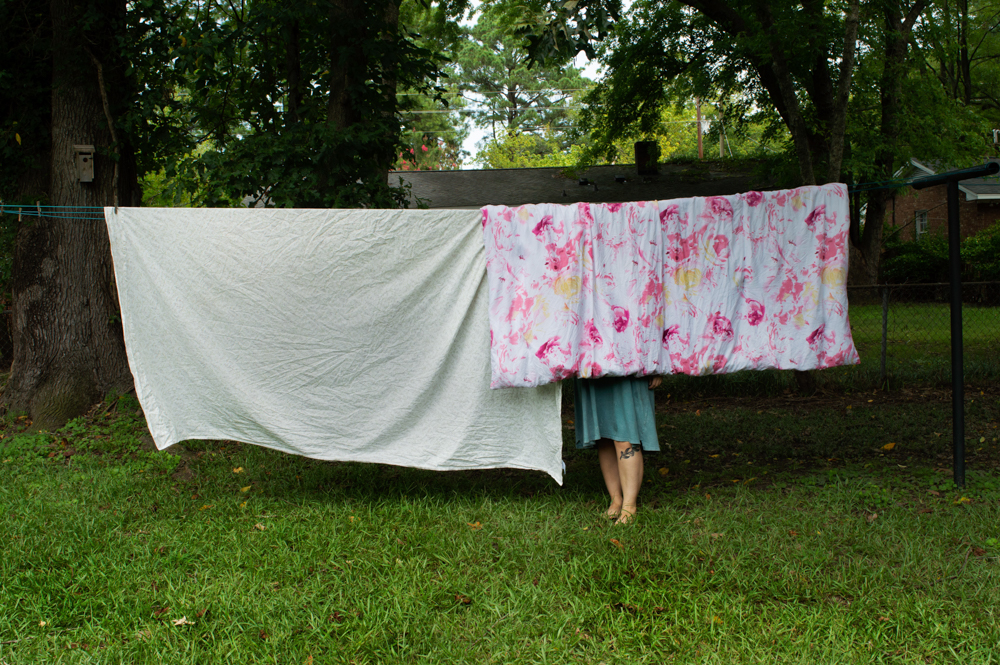Briana Earl: Developing My Archive: On Being
This week, we will be exploring projects inspired by place. Today, we’ll be looking at Briana Earl’s series Developing my Archive: On Being.
Briana Earl and I are forever photographically intertwined. We first met in the Photography Studio at the University of South Dakota. Briana was an eternal savior in the space (aka the lab tech), keeping the chemicals flowing and the studio open as long as anyone needed. She visited me while I was at graduate school at East Carolina University and became my studio and regular neighbor soon after. Briana has grown into a pensive photographer focused on place and family. I remember the graduate critique we had with Angela Franks Wells that sparked Briana’s series, Developing My Archive: On Being. We discussed what we miss about South Dakota, our families and friends, and the abundance of land. I could see a spark when Angela started discussing the ideas of memory and nostalgia, how things are never the same once we go back. Since then, Briana has been a dynamic force exploring the meanings of home.
Briana Earl is an artist and art educator based out of North Carolina. She received her BFA in Photography with a minor in Art History at the University of South Dakota in 2018. She went on to receive her MFA in Studio Arts at East Carolina University in 2022. Currently, Briana teaches at a various schools and is the Educational Coordinator at the Greenville Museum of Art. Briana uses photography and text to explore elaborate narratives through visual storytelling. Her current work focuses on themes of nostalgia, homesickness, and autobiographical memories. She is inspired by studies of sociology, psychology, and gerontology and how personal experiences influence our perception of memory.
Follow Briana on Instagram at: @colormedivine
Developing my Archive: On Being
My visual research examines personal experiences surrounding homesickness and nostalgia. For most of history, nostalgia and homesickness have been linked together even though they differ. Nostalgia is a longing for a time, while homesickness is a longing for a place. Where we come from is an integral part of our being, but what we become nostalgic for also shapes what we become. My work explores the idea of photographs existing as a substitution for memory and how photographic manipulation can change how we remember events. Photography lets me explore and recontextualize my own idolized memory surrounding my transition from South Dakota to North Carolina. This method allows me to reclaim control over what I want to remember. Centering imagery around home and routine allows viewers to connect openly to various physical and emotional landscapes. This allows viewers to invest a part into the transfer and re-constructions of these personal memories. My work challenges us to focus and appreciate small moments we are surrounded by and how they shape our outward attitudes and understandings of what we consider home.
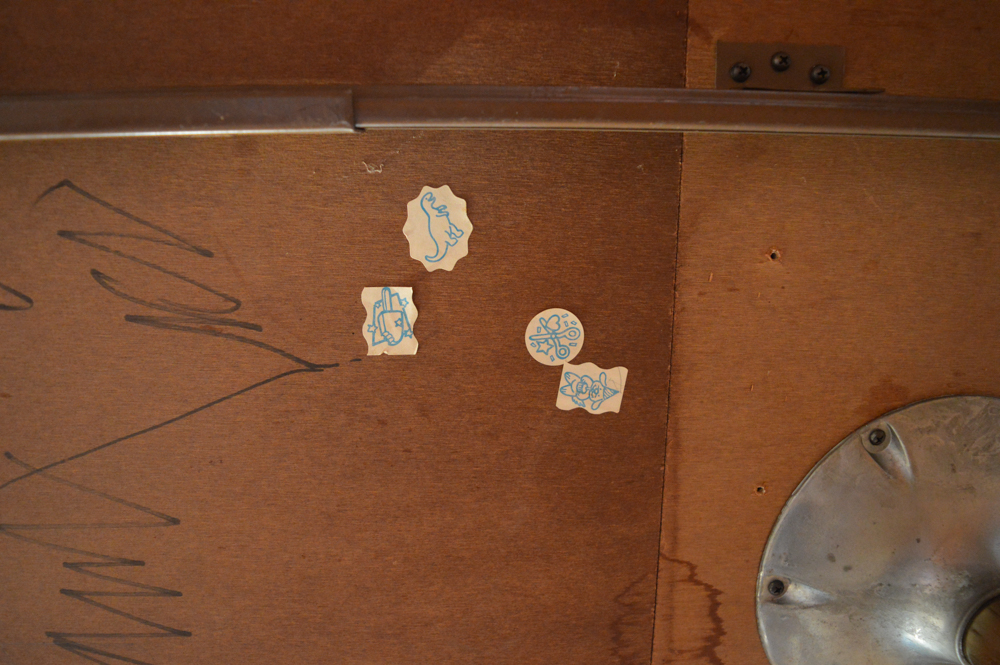
©Briana Earl, Archived Underneath the Kitchen Table: I document these changes. Archiving this away from underneath the kitchen table.
Epiphany Knedler: How did your project come about?
Briana Earl: To put it simply, my own homesickness. I’d moved from South Dakota to North Carolina for graduate school in 2019. I honestly was confused by my first initial feelings of homesickness because it was not my first experience leaving home. I was excited for all the new opportunities but I had a hard time disconnecting orginally.
During my second semester of grad school, all of our lives were changed by Covid-19. At that time, I almost lost my youngest brother to a suicide attempt and I think that moment was so pivotal for me and many other. A lot of us realized we could not go home… I really struggled internally with not being able to go home or feeling that I couldn’t support people I cared about.
During quarantine, I wanted to explore my feeling of homesickness because I was so perplexed by it. I think all of us being stuck in our homes really made us evaluate what home was to us and our values systems. I found no better way of documenting that than with my camera.
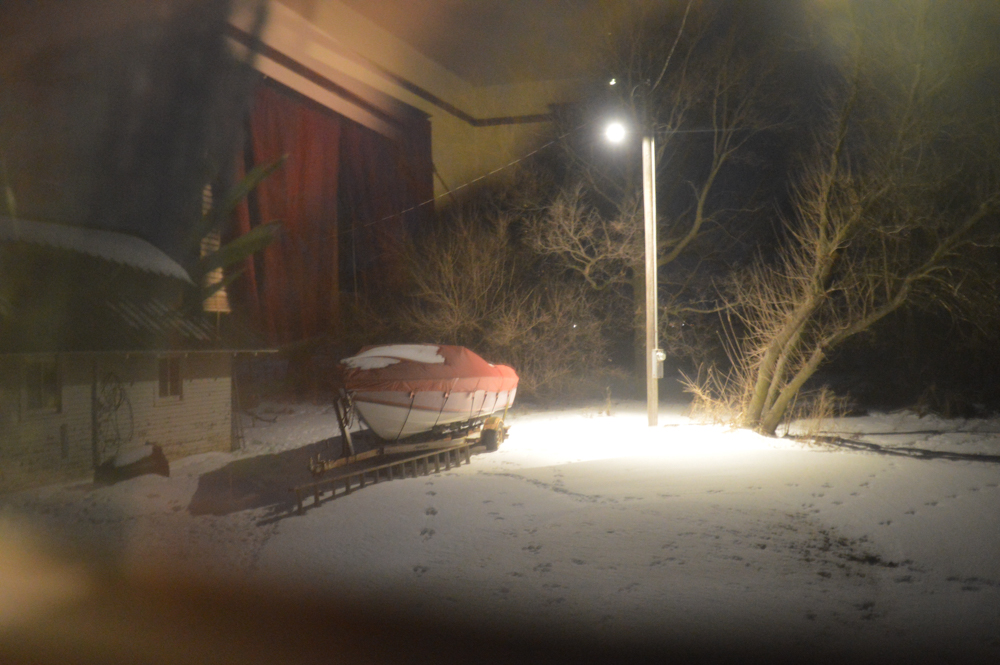
©Briana Earl, For Once in a Dream: For most of my life, I’ve lived in silence. but once in a dream, I hear you close to me.
EK: What relationship does place or location play within your practice?
BE: I believe location is the basis of my art work. I approach photographing locations very similar to how I would photograph portraits. The longer you spend speaking with your subject the more you learn about their character and you slowly begin to build a relationship, and this can happen with a place as well. With that being said, these relationships with place can be quite complex when considering individual perspectives, personal values, as well as historic knowledge of a place. So when photographing a location that I have been my whole life or even somewhere new, I want to be very strategic in how I’m including my viewer in those perspectives. I try very hard to create these very universal portraits of home that everyone in America can seemingly identify with to an extent.
EK: Being a South Dakotan now in the South, what role do nostalgia and sentimentality to a region play in your work?
BE: I think the locations that I photograph always have this rich history that always blends alongside traditional American folklore. I think a perfect example of this is South Dakota where you see the romanticization of the wild west, the cowboy, Lewis and Clark, Deadwood, or the endless exploration of pioneers of the American West. Then we have the same kind of romanticization of the American South, in particular North Carolina. I refer to the history of the Wright Brothers and being first in flight or even the Roanoke Colony that failed in part because people became homesick. I’m interested in how this particular kind of folklore and the idea of endless exploration can effect or even conflict with modern and historical documents of homesickness.
I refer a lot to regional nostalgia but I also refer to nostalgia and how it functions for us and our autobiographical memory. Nostalgic autobiographical memories are perspective and memories that reflect our identity and the specific ability to be able to place oneself within our past, present, and future. I think it is important to note the attachment with photography has already played a role in how we understand personal nostalgia. Some of the images were made to really test the accuracy and permanency of these kinds of memories and the how manipulated photographs can alter memory, our sense of place, and our sense of home.
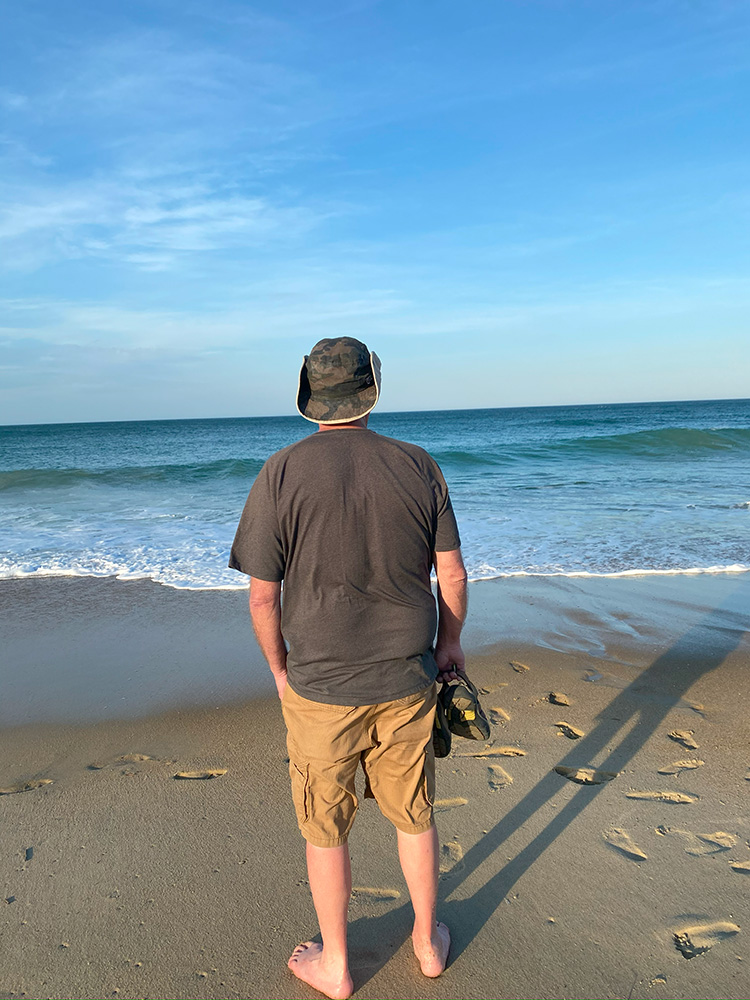
©Briana Earl, Dad At the Ocean: I took my father to the ocean for the first time. In this moment, I found the place where the plains met the sea, where the earth touched the sky and I wondered if grief had taught me to swim or to fly?
EK: Who or what was the inspiration for this project?
BE: My family is a part of my inspiration. Even if our relationships are not always easy, I always thought about my family when making this work. It was meditative to be able to reflect on family and home when making this work.
When I first began my research I read Susan J. Matt’s book Homesickness: An American History. This book documents letters, memoirs, psychological studies, and so much more to elaborate on the depth of homesickness and nostalgia from early colonists to the era of social media. The reason I referenced this book so much is because there was a ton of primary evidence that dispels contemporary beliefs that early Americans were not homesick, but also that we shouldn’t be, too.
I was inspired by other photographers like William Eggleston, and Stephen Shore, but particularly Rebecca Norris Webb. It was specifically her book My Dakota which is a eulogy to her brother. I had previously seen her work but I had such a different experience when I read the poetry alongside her images. I really felt that someone had truly seen and felt the same way about South Dakota as I did. It was truly a beautiful experience, I wish I had got a copy!
EK: What’s next for you?
BE: Currently, I work as the Educational Coordinator at the Greenville Museum of Art in Greenville, North Carolina. I oversee educational curriculum, programing, and our community outreach programs. I also have been teaching multiple different photography workshops as well as teaching at Pitt Detention center, and a couple of community colleges.
I also just finished a hand-made negative workshop with Dan Estabrook at Penland School of Crafts in North Carolina. It was an amazing experience working with someone that has such experience in the manipulation of historic photographic processes while in the Appalachian Mountains. My new body of work has been reflecting the folklore around the Southern Gothic and my local area. I’m really expanding on what process and what kind of image making that would include.
Epiphany Knedler is an imagemaker sharing stories of American life. Using Midwestern aesthetics, she creates images and installations exploring histories. She is based in Aberdeen, South Dakota serving as a Lecturer of Art and freelance writer. Her work has been exhibited with Lenscratch, Dek Unu Arts, F-Stop Magazine, and Photolucida Critical Mass. She is the co-founder of MidwestNice Art.
Follow Epiphany Knedler on Instagram: @epiphanysk
Posts on Lenscratch may not be reproduced without the permission of the Lenscratch staff and the photographer.
Recommended
-
Earth Week: Aaron Huey: Wallpaper for the End of the WorldApril 26th, 2024
-
Earth Week: Casey Lance Brown: KudzillaApril 25th, 2024
-
Tara Sellios: Ask Now the BeastsApril 6th, 2024
-
ALEXIS MARTINO: The Collapsing Panorama April 4th, 2024
-
Emilio Rojas: On Gloria Anzaldúa’s Borderlands: The New MestizaMarch 30th, 2024

